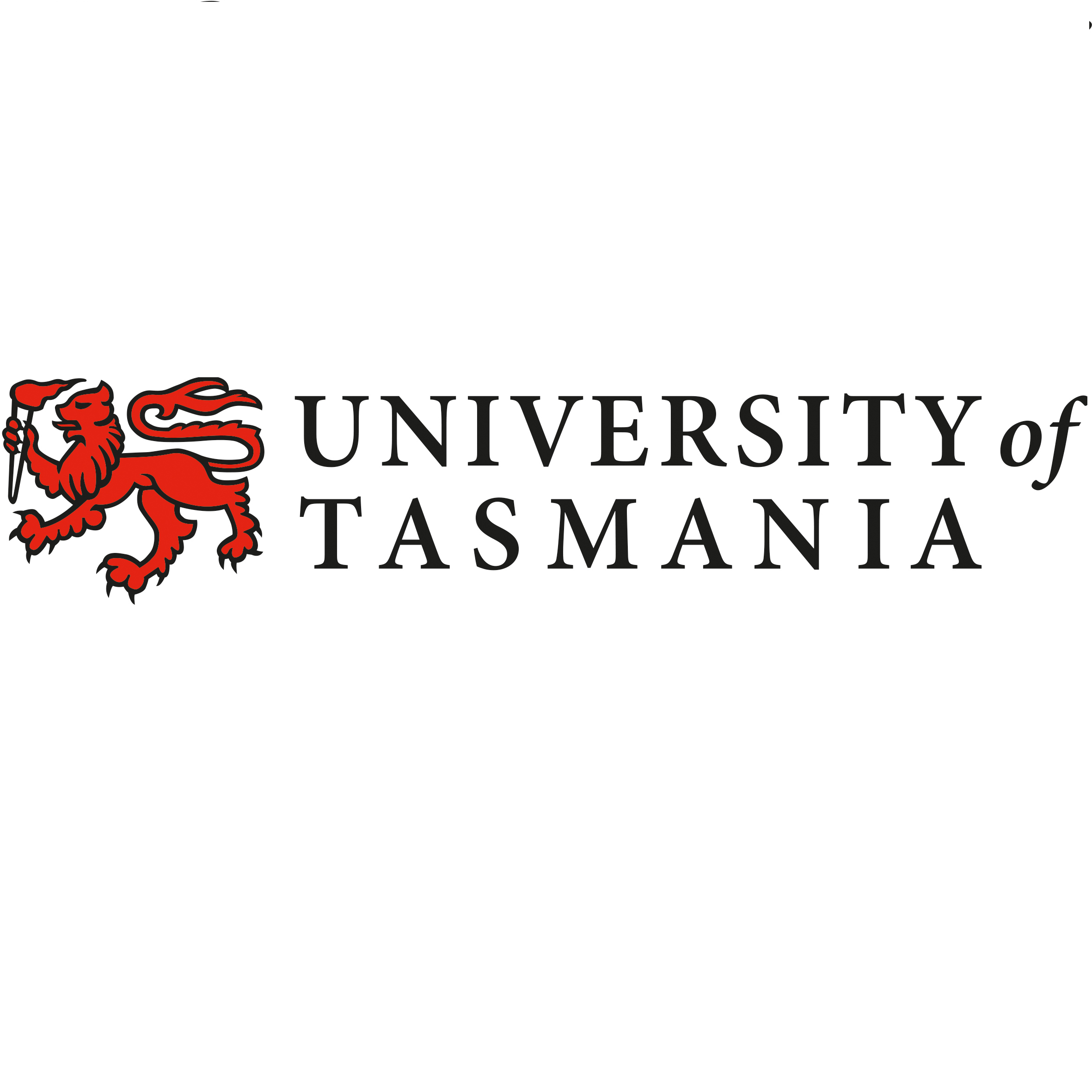Full description
This database contains acoustic telemetry data for euryhaline elasmobranchs in northern Australian rivers. Data was collected under the National Environmental Research Program (NERP) Marine Biodiversity Hub Project 2.4 'Supporting Management of Listed and Rare Species', and the National Environmental Science Program (NESP) Marine Biodiversity Hub Project A1 'Northern Australian Hotspots for the Recovery of Threatened Euryhaline Elasmobranchs'. An acoustic receiver array was deployed in the Adelaide River, and another in the Alligator Rivers (primarily the South Alligator River) to monitor the movements, habitat use and natural mortality of threatened river sharks (Glyphis species) and sawfishes (Pristis species).Receiver deployment data is available through the IMOS Animal Tracking Facility database (visit https://animaltracking.aodn.org.au/receivers/deployment and search for project 'NESP Northern Australian hotspots for the recovery of threatened euryhaline species'). Detection data is currently embargoed until end 2023.
Lineage
Maintenance and Update Frequency: quarterlyNotes
CreditNational Environmental Science Program (NESP) Marine Biodiversity Hub
National Environmental Research Program (NERP) Marine Biodiversity Hub
Charles Darwin University
Northern Territory Department of Primary Industries and Fisheries
Commonwealth Industrial and Scientific Research Organisation (CSIRO)
Kakadu National Park
Created: 2017-06-16
Data time period: 2011-10-01
text: westlimit=131.123698419; southlimit=-13.7795604258; eastlimit=133.200114435; northlimit=-11.9803783569
text: uplimit=25; downlimit=0
User Contributed Tags
Login to tag this record with meaningful keywords to make it easier to discover
(DATA ACCESS - receiver deployment data available through the IMOS Animal Tracking Facility database (search for project 'NESP Northern Australian hotspots for the recovery of threatened euryhaline species'))
uri :
https://animaltracking.aodn.org.au/receivers/deployment![]()
(NESP Project A1 [ANDS RDA record])
purl :
http://purl.org/au-research/grants/nesp/mb/a1![]()
global : e42486aa-40d8-4fb0-96fd-f3c0cc246fd9
- global : 8e9746ed-20f8-4c1b-9437-1fa0d5e53264


